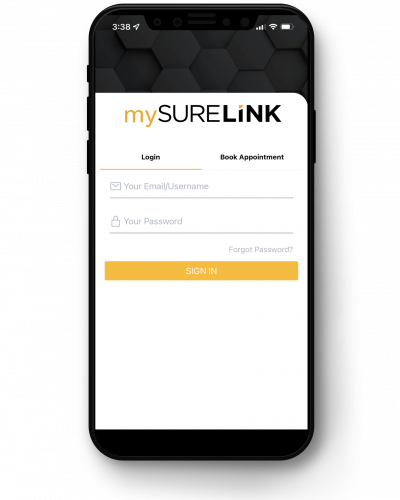About Our Spirometry Testing Services
Many workplace substances can cause breathing problems or lung damage. Spirometry testing (also known as pulmonary lung function testing) is the most common form of lung function testing and helps employers manage the risk of lung damage from common work-related tasks, including inhalation of:
- dust from wood, cotton, coal, asbestos, silica, talc, cereal grains, coffee, pesticides, drug or enzyme powders, metals, and fibreglass.
- fumes from metals that are heated and cooled quickly. These fumes occur in welding, smelting, furnace work, pottery making, plastics manufacturing, and rubber operations.
- smoke from burning organic materials. For instance, firefighters are at an increased risk of lung damage from smoke.
- gases such as formaldehyde, ammonia, chlorine, sulfur dioxide, ozone and nitrogen oxides. These gases occur in welding, brazing, smelting, oven drying, and furnace work.
- vapors, which are a form of gas given off by all liquids.
- mists or sprays from paints, lacquers (such as varnish), hair spray, pesticides, cleaning products, acids, oils, and solvents (such as turpentine).
SureHire offers in-facility and on-site (mobile) spirometry testing for our clients.

Spirometry testing is used to measure how fast an individual can move air in and out of their lungs and determines whether that person’s lung capacity falls within a normal range based on their age, weight, gender, race, and health history.
Spirometry is based on maximal forced exhalation; in simpler terms, it measures the highest amount of air that can be exhaled after the subject’s largest possible breath has been taken. It differs from peak flow readings as spirometry records the entire forced breathing capacity against time, and peak flow records the largest breathing flow that can be sustained for 10 seconds. The resulting figure will determine whether the employee’s lung function is normal or abnormal.
SureHire recommends that companies whose workers are exposed to airborne particulates implement an annual lung health program consisting of spirometry, chest x-rays, completion of a worker health and occupational exposure history questionnaire, and interpretation of the results by a physician. This program will allow the employer to manage airborne hazards by promoting early identification and intervention. Employers that implement a pre-employment lung health program are able to record baseline values of workers as well as identify pre-existing conditions that could pose a risk to the worker. Annual monitoring can be compared against this baseline to determine whether any changes to the worker’s lung health have taken place. Please contact a SureHire representative to discuss what programs are available and how they can be tailored to your company’s unique needs.
Understanding Spirometry Testing Results
Spirometry records the entire forced breathing capacity against time. The resulting figure will reveal whether the employee’s lung function is normal or abnormal. If results are below acceptable percentages they are considered abnormal and may indicate a lung or breathing issue.
The accuracy of spirometry results are highly dependent on the worker’s understanding, cooperation, and best efforts. Anyone with abnormal results should follow up with a physician or pulmonologist for further testing. Since it is not a diagnostic test, the reasons for why results are abnormal can not be determined.

Checking Test Results
Checking your employee’s spirometry test results is easy with SureHire’s exclusive client portal, SureLink. SureLink is a secure online database that not only allows you to view test results but also allows you to book appointments, view snapshot reports on your dashboard, check the completion status of your appointments, receive alerts and updates from SureHire, and much more!
Once your employees have finished testing, our team of experts is here to help you determine what the results mean for your company and your employee(s). Have an account?
